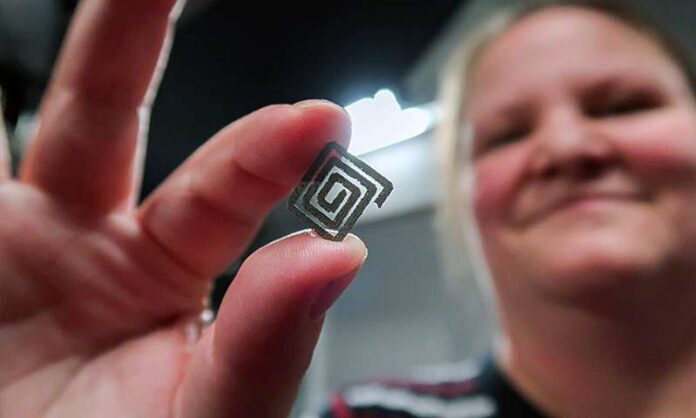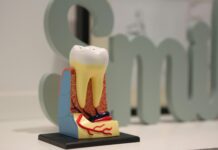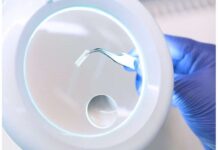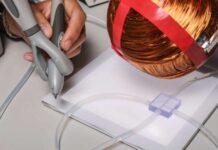RMIT researchers developed an experimental 3D-printed diamond-titanium gadget. That generates energy from flowing liquid and receives wireless power through tissue, allowing for distant flow sensing.
The advancement could one day lead to longer-lasting implants such as smart stents, drug-release systems. And prosthetics that do not require battery renewal and are precisely matched to a patient. It would mean no active electronics in the implant.
The team describes the research as early but promising. As there are no known devices that can collect energy from both fluid movement and wireless signals, which is made possible by incorporating semiconductive diamonds into a metallic substance.
The study, “Additively manufactured diamond for energy scavenging and wireless power transfer in implantable devices.” It was published in the journal Advanced Functional Materials.
Dr. Arman Ahnood, Senior Lead Researcher at RMIT’s School of Engineering, stated that the advancement paves the path for safer technologies.
Our goal was to overcome one of the biggest limits in implant technology—the battery,” he said. “They take up space and eventually fail, which often means another operation. With this approach, implants could run continuously with little or no onboard battery.”
He believes the discovery could have uses beyond the biomedical field.
The ability to wirelessly receive power and harvest energy from liquid flow could be valuable in many other industries where sensors are needed in hard-to-access places using some of the most inert material systems,” he said.
Ahnood explained that the innovation combines lightweight, robust, and electrically conductive titanium with numerous microscopic diamond particles.
According to the researchers, the breakthrough requires additional testing, and they are looking for partners in the biomedical and other sectors to assist turn the idea into real-world applications.




